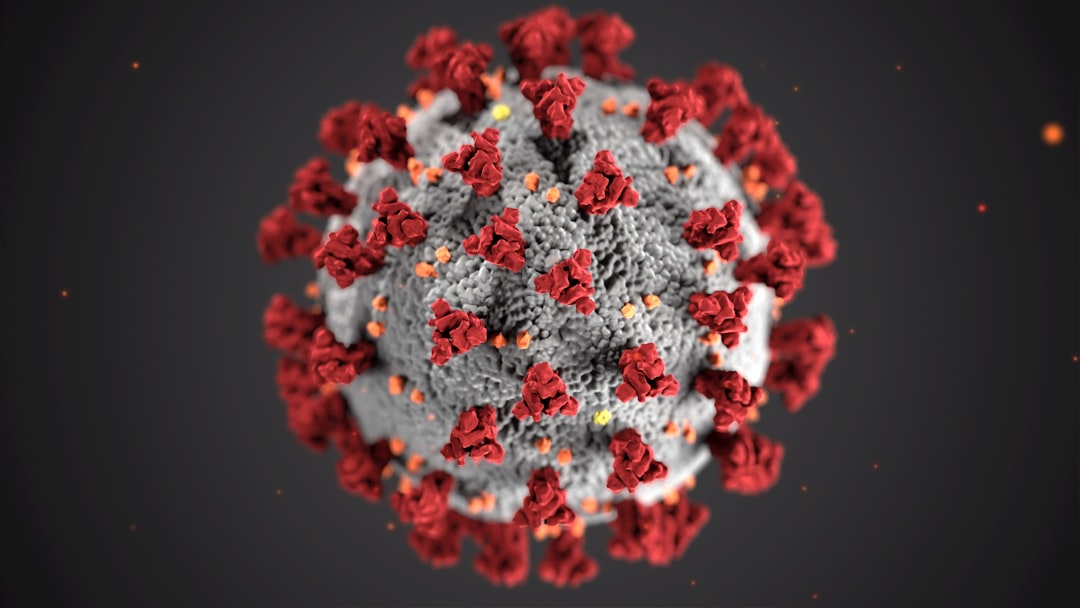What is it about?
Over the last years, an environmentally friendly and economically efficient way of nanoparticle production has been found in the biosynthesis of metal nanoparticles by bacteria and cyanobacteria. In this study, Anabaena cylindrica, a non-toxic cyanobacterium, is deployed in a diluted ionic aqueous mixture of equal concentrations of gold, iridium, and rhodium, of 0.1 mM each, for the selective biosynthesis of metal nanoparticles (NPs). To analyze the cyanobacterial metal uptake, X-ray powder diffraction (XRD), transmission electron microscopy (TEM), and inductively coupled plasma mass spectrometry (ICP-MS) were applied. Only gold can be found in crystalline and nanoparticle form inside the cells of A. cylindrica, and it is the only metal for which ICP-MS analyses show a rapid decrease of the concentration in the culture medium. A slight decrease of rhodium and none of iridium was observed in the evaluated timeline of 51 h.
Featured Image
Why is it important?
The average diameter size of the emerging gold nanoparticles increased over the first few days, but is found to be below 10 nm even after more than 2 days. A new evaluation method was used to determine the spatially resolved distribution of the nanoparticles inside the cyanobacterial cells. This new method was also used to analyze TEM images from earlier studies of A. cylindrica and Anabaena spec., both incubated with an overall concentration of 0.8 mM Au^(3+) to compare the metal uptake. A. cylindrica was found to be highly selective towards the formation of gold nanoparticles in the presence of rhodium and iridium.
Perspectives
Cyanobacteria Anabaena cylindrica do not release anatoxin-a and form gold nanoparticles, in-vivo, from diluted solutions containing gold ions. Therefore they can be seen as self-reproducing bioreactors. While incubated with a diluted solution of the three noble metal ions Au^(3+), Ir^(3+), and Rh^(3+), they selectively formed only gold nanoparticles. Therefore Anabaena cylindrica should be considered as very promising organisms to serve as bioreactors for the biosynthesis of metallic nanoparticles.
Priv.-Doz. Dr. Andreas Schönleber
Universitat Bayreuth
Read the Original
This page is a summary of: Bioselective synthesis of gold nanoparticles from diluted mixed Au, Ir, and Rh ion solution by Anabaena cylindrica
, Journal of Nanoparticle Research, October 2017, Springer Science + Business Media,
DOI: 10.1007/s11051-017-4039-8.
You can read the full text:
Contributors
The following have contributed to this page










